One thing you will never see a Pakistani skimp on is dessert. Sitting at a table with a lavish three/four/five (you can continue the count to infinity and you still won’t be wrong) course meal, you would expect nothing to follow except for maybe a steaming- but tiny- cup of green tea to wash it all down. However, sweets have become- and maybe always were- such an integral part of the Pakistani cuisine that skipping the dessert is akin to an affront both at home and at the myriad social events we have come to be known for.
The dessert menu is actually debated on and decided along with the list of dishes at lunch and dinner. If there’s fish on the table, the milk-based sweet dishes take a back seat when deciding what dessert is to be served at the feast. And if the main course is too heavy, the dessert is (somewhat) lighter to compensate for the gluttony.
Pakistani cuisine boasts of plenty of sweet dishes, ranging from cooked to kneaded and fried to frozen. These also may be served either hot on the spot or many carefully counted and crucial hours later. Whichever way they chose to do it, Pakistanis make sure the taste and presentation is up to the mark.
Jalebi are sweet swirly crispy curls of syrupy goodness that are fried and then served- and loved- both hot and cold. Jalebi’s are made when a batter of wheat flour is fried in oil and then soaked in a syrup of sugar until the swirls absorb and internalize all the sweetness. The end result is a thin crystallized coating on the outside and a soft, chewy texture on the inside; perfect for biting into and savoring for a long time after. The crispy look and orange hue make the sweet a perfect appetizer and tea time snack, besides it being consumed in the form of dessert.
One such other dessert is Gajjar ka Halwa, also commonly referred to as Gajrela. It is a sweet pudding consisting mainly of grated carrots. The carrot bits are cooked in a simmering mixture of water, milk and plenty of sugar to make a delicious concoction of sweet flavored dessert. The dessert is often garnished with chopped up nuts such as cashews, almonds and pistachios, both for the taste and presentation. It is one of the few sweet Pakistani dishes that are vegetable based, and is hence slightly higher in nutritious value than the other indigenous desserts. Gajrela therefore remains a favorite among desi consumers, though the deliciously flavor and taste accounts for the popularity more than any other factor.
 Ras malai is made by soaking hand-rolled balls of cottage cheese in sweetened and thickened milk cream, flavored by cardamom and saffron. The dessert consists of the spongy balls floating around in a base of yummy and thick simmering milk. It is then garnished with a variety of nuts to add to the mind blowing spectrum of texture and taste that can be experienced in just one spoonful.
Ras malai is made by soaking hand-rolled balls of cottage cheese in sweetened and thickened milk cream, flavored by cardamom and saffron. The dessert consists of the spongy balls floating around in a base of yummy and thick simmering milk. It is then garnished with a variety of nuts to add to the mind blowing spectrum of texture and taste that can be experienced in just one spoonful.
Kulfi is the desi version of ice cream, except it’s creamier- and arguably better and yummier. It is dairy based and has a more distinctive flavor than typical ice cream due to a very slow cooking process. The actual dessert actually tastes and feels like a frozen custard of nicely caramelized sugar.

Falooda is something of an ice cream sundae with a delightfully desi twist. It is a cold mixture of a number of ingredients, the most prominent of which are flavored syrup, vermicelli and a generous topping of jelly. The beverage can be made either with a few scoops of vanilla or Kulfi, but the end result is marvelous either way. Nuts also feature as a popular topping, along with an assortment of seeds and other dried fruits.
Kheer is a creamy pudding made as a result of rice slowly cooked and stirred in a sweet concoction of milk until the perfect texture is achieved. The dessert is white in color and has a thick consistency. Saffron, cardamom, and a variety of dried fruits feature as important ingredients to lend further flavor to this very popular dish.
Gulab Jamun are (mostly but not always) small balls of happiness that dissolve onto the palate and caress the taste buds in an understated explosion of sweet taste when bitten into. These dumplings are made of milk-solids covered in thick sugary syrup and then deep-fried until brownish red. The dark hued outer coating covers a nude interior of gooeyness, and is the result of the cooked and hence caramelized sugar. What can be better than a calorie-laden feast that are these pieces of heaven?
Laddus are one of the most significant members of the mithai family. These are essentially balls of flour before being transformed into the amazing offerings on platters of goodness that you are offered at weddings and other gatherings. The kind of flour used therefore has a great bearing on what kind of laddu you end up with. The most important variant are undoubtedly those of motichoor, wh ich are made out of fried and sweetened chickpea flavor. Laddus are also one of the few mithais mentioned here that curiously look the same on the inside as they do on the outside. Another such mithai is Barfi. Barfi is made of milk and either gram flour, ground cashews or pistachios. The sweet is named after snow, due to its most common version being white in color.
ich are made out of fried and sweetened chickpea flavor. Laddus are also one of the few mithais mentioned here that curiously look the same on the inside as they do on the outside. Another such mithai is Barfi. Barfi is made of milk and either gram flour, ground cashews or pistachios. The sweet is named after snow, due to its most common version being white in color.
Sohan halwa is the solid end product of a mass of cornflour somehow transformed into deliciousness by the addition of sugar and milk and saffron, along with a number of other major ingredients. The store-bought halwa is often found in disc-shaped tins, ready to be devoured.
There exist many desi versions and variants of western style desserts, and the nan khatai is one of them. These are butter biscuits traditionally made with ghee. The delicate cookie is a popular accompaniment to tea, and is therefore often treated more like a snack than a dessert to be served after the main entrée.
As is clear, Pakistanis take food very seriously. And with a collective national sweet tooth such as ours, desserts are certainly meant to be out of this world.

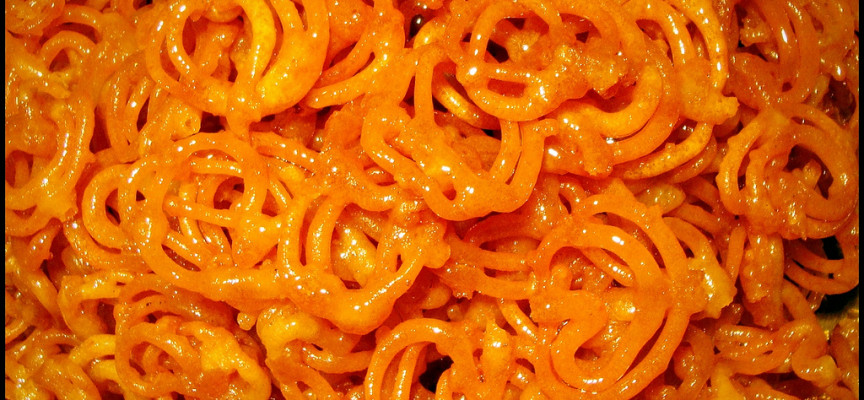
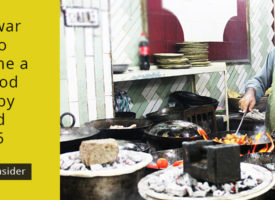

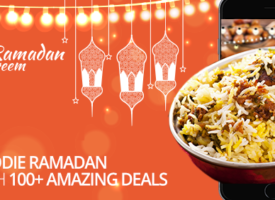
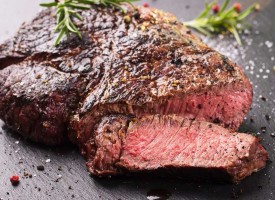
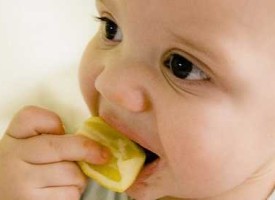

No comments!
There are no comments yet, but you can be first to comment this article.